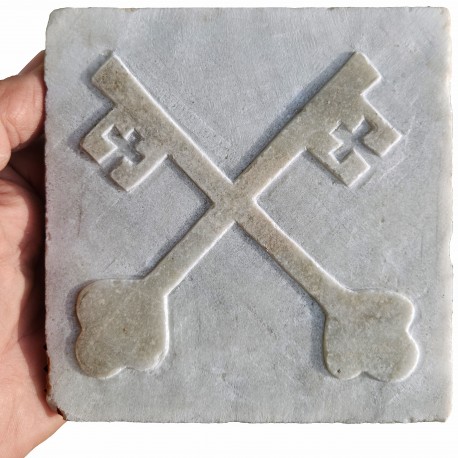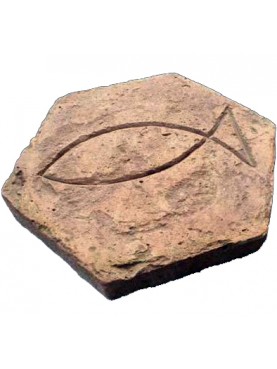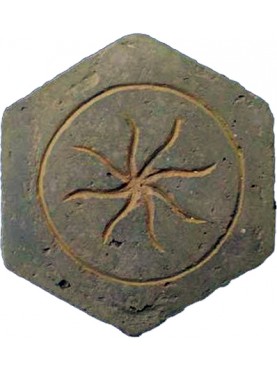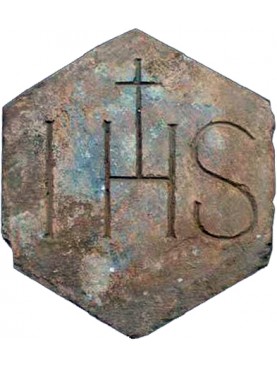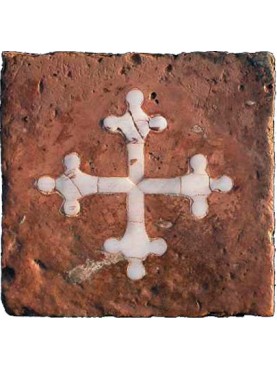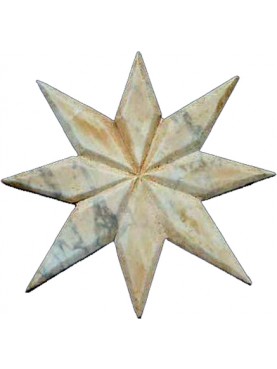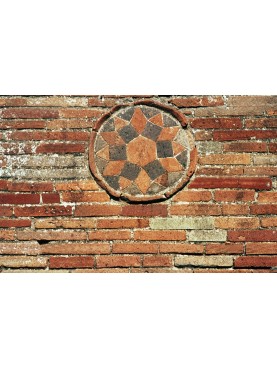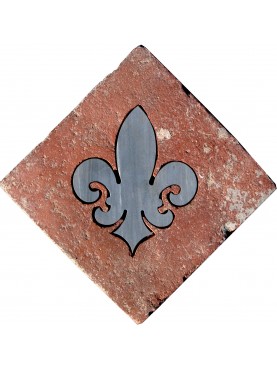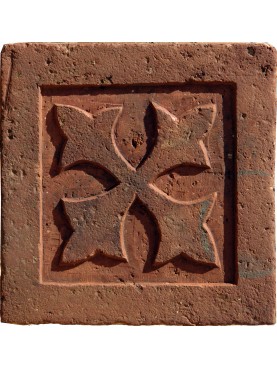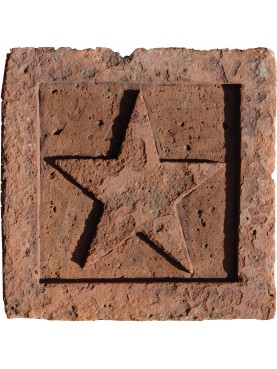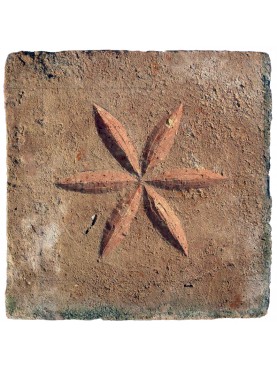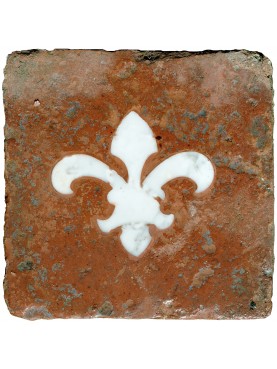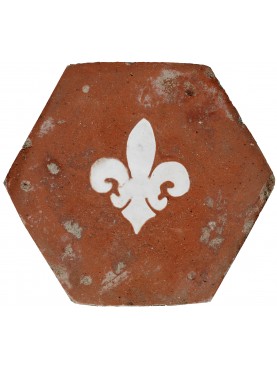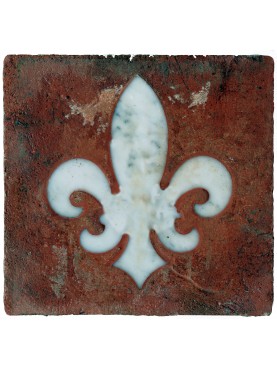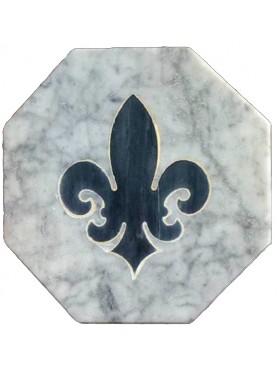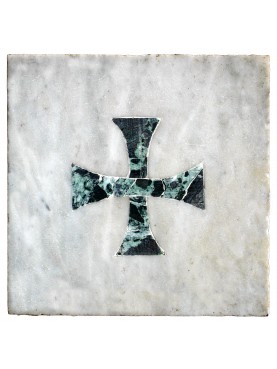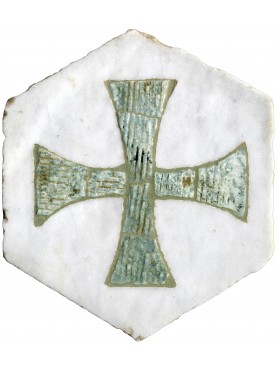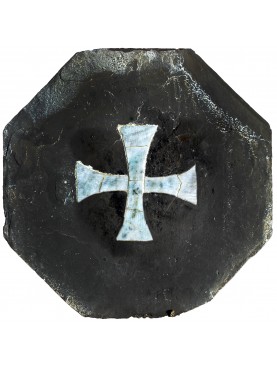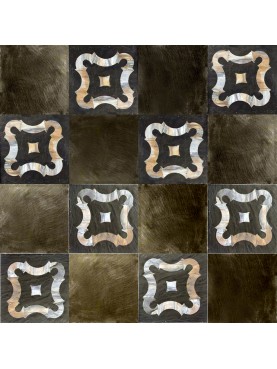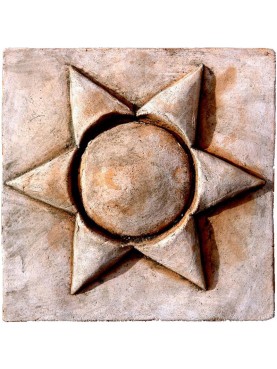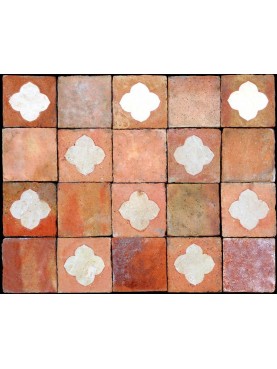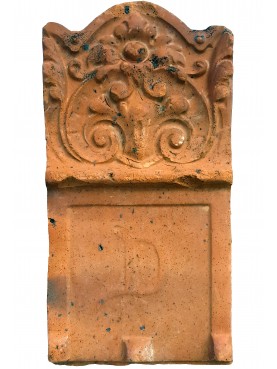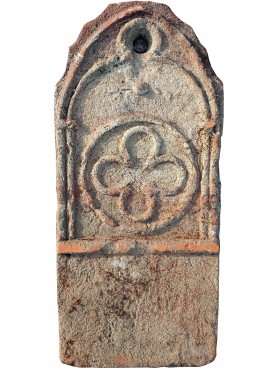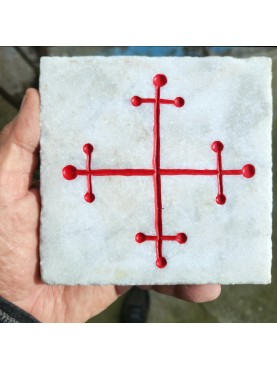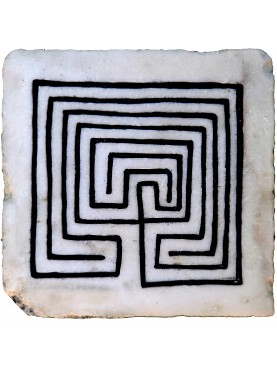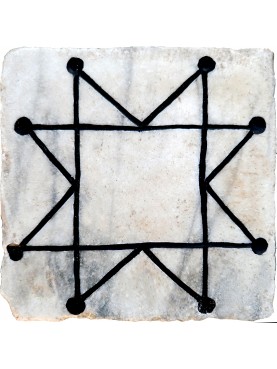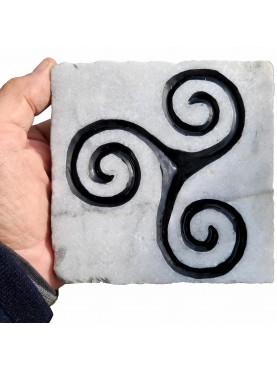Ancient tile in white Carrara marble with THE KEYS TO THE KINGDOM OF HEAVEN
Ancient tile in white Carrara marble with THE KEYS TO THE KINGDOM OF HEAVEN
15000
Original
Ancient 13 x 13 cm tile in white Carrara marble with the keys to the Kingdom of Heaven.
The tile is ancient while the keys are sculpted by us.
The crossed keys in the coat of arms of the Holy See symbolize the keys of heaven entrusted to the apostle Peter. The keys are one gold and one silver to represent the power to loose and bind. The golden key alludes to power in the kingdom of heaven and the silver key indicates the spiritual authority of the papacy on earth.
2 Available
Data sheet
| Thickness | from 2 to 4 | from 2 to 4 cm |
| Weight | 4.41 lbs | 2 / 3 Kg |
| Historical period | At the origins of Christianity | |
| Side * Side | 5.12 in X 5.12 in | 13 X 13 cm |
| Material | White Carrara marble |
More info
The Keys of Heaven, also commonly called the Keys of Paradise or the Keys of Saint Peter, are an ancient Christian symbolism of the universal Church.
After the Resurrection of Jesus, the symbol of the keys was continuously handed down in ecclesiastical heraldry, by the armorial bearings of the popes (the individual ones of each pope), by those of the Holy See and of the Vatican City State, in accordance with the deposit of faith. They include an image of crossed keys representing the metaphorical keys of Saint Peter's mission, the keys of heaven, or the keys to the kingdom of Heaven, which, according to the magisterium of the Catholic Church, Jesus promised to Saint Peter, giving him the power to take binding actions. In the Gospel according to Matthew (Mt 16:19[3]) Jesus says to Peter: "To you I will give the keys of the kingdom of heaven, and whatever you bind on earth will be bound in heaven, and whatever you loose on earth will be loosed in the heavens."
Saint Peter's keys to the kingdom of heaven are seen as a symbol of papal authority: "Because he [Peter] received the keys of the kingdom of heaven, the power of binding and loosing is committed to him, the care of the whole Church and its government are given to him [cura ei totius Ecclesiae et principatus committitur (Epist., lib. V, ep. xx, in P.L., LXXVII, 745)]". Saint Peter, in Catholic and Orthodox iconography, is often represented with a key (or some keys) in his hand. The overall shape of St. Peter's Basilica itself vaguely resembles a key; allusion to the keys entrusted to Saint Peter. Since the 16th century, a symbolic pair of keys has been created for each pope which, upon the pontiff's death, is buried with him.

